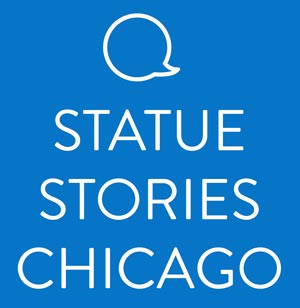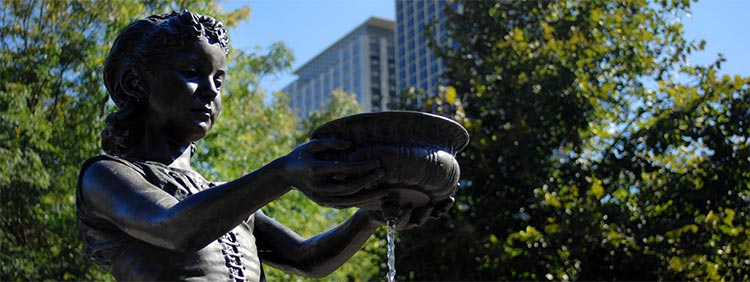Get under your statue’s skin!
• Look closely and develop a sense of empathy with your sculpture.
• Invite your listener to feel with you: create shifts in tempo and emotion, use different tenses, figures of speech and anecdotes, psychological transitions, sensory details and even sound effects.
Finding your sculpture’s voice
Write in the first person and adopt the persona of your character:
• What kind of vocabulary will you use - your own or that of another era?
• Your words will be spoken so read them aloud: use their rhythm and your sentence structure to convey emotional charge and urgency.
• Read great monologues for inspiration, for example Hamlet’s Alas Poor Yorick, or watch film monologues, like Morgan Freeman’s in The Shawshank Redemption.
How are you going to keep people listening? Structure your monologue!
• How will you introduce yourself? With a greeting, a warning, a question, an order, a riddle? Grab and hold your listener’s attention from your very first line.
• Think of your monologue as a story, with you as both narrator and lead: how will you build a sense of development, suspense and atmosphere?
• Your final line is the most important of all: how will you say goodbye and make your exit?
Find out about your statue. Do some background research before you begin. Review the description of the sculpture on this page (see related tab above). You may want to do additional research to find interesting facts, anecdotes, jokes or quotes to weave into your monologue.
Some additional points to keep in mind:
• The audience is not used to speaking to statues! It’s an unexpected experience and so, the piece needs to be engaging from the start.
• Every word counts! It’s a short word limit, so avoid ‘filler’!
• The project sets out to reach new audiences: people who like looking at public art and sculptures as well as people who didn’t know they did! We hope for wide public appeal.
• Use the physicality of the statue. Are there features you can refer to or incorporate?
• Refer to the location and surroundings of the statue. The Fountain Girl was moved several times. What’s it doing in this place specifically? Or does she miss a previous site?
• Have you found your story and your voice? Then get writing!

Statue Stories Chicago is produced by Sing London and funded by The Richard H. Driehaus Foundation.
The public teen writing competition is delivered in partnership with the Chicago Park District.
Interpretation devised and created by Art History Link, the arts educational consultancy. www.arthistorylink.co.uk



